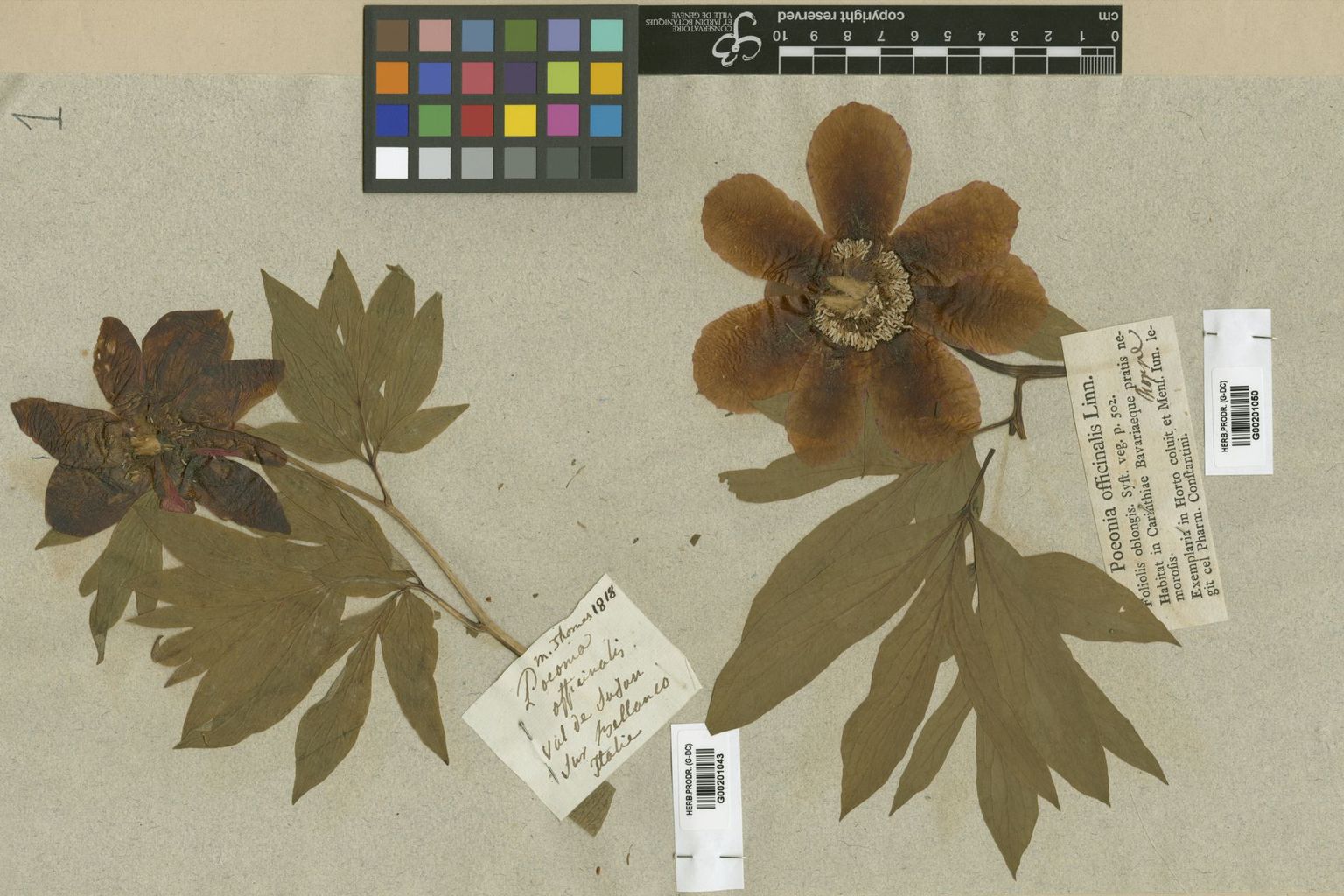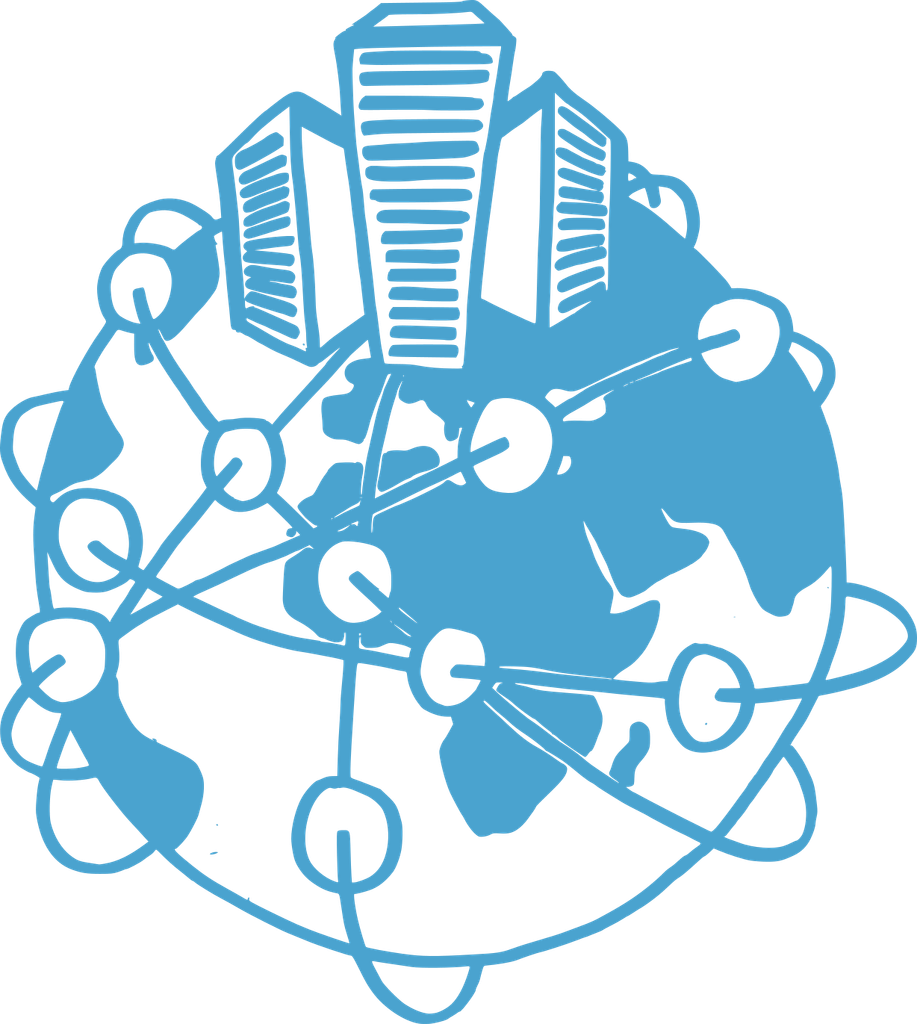Data aggregation in Switzerland
SVNHC
The Swiss Virtual Natural History Collection (SVNHC) an online-portal for sharing and accessing specimen data and images of natural history collections in Switzerland
The building of this research infrastructure - a priority of SwissCollNet - will be gradually developed.
- Assessment of the needs and technical solutions
- Infrastructure for data aggregation and display
- Gradual data upload and display
- Sustainable operation of the SVNHC
The project is steered by a strategic board and accompanied by data expert working groups for bio- and geosciences and for anthropology.
Beta-testing will be performed by several beta-testers from Swiss institutions with natural history collections with their datasets.
1) Assessment of the needs and technical solutions
In Switzerland, many different collection management systems are used to manage data of natural history collections and the size of collections as well as the degree of specimen digitisation is very heterogeneous. In a first step, requirements of collection-holding institutions in regard to data management have been evaluated in parallel with the technical solutions best adapted for the SVNHC (usability, costs, collaboration and coordination with similar data repositories, sustainability models). The study has been conducted by Tobias Wildi and Ana Petrus from the University of Applied Sciences, Graubünden.
The main outcomes of the study were to:
- form a data management working group to coordinate data models and vocabularies among the collection holding institutions;
- avoiding artificial heterogeneity in datasets by working on common core data sets and a common taxonomic backbone;
- focus on the development of already existing data infrastructures and invest in their reliability,
- process automation and linkage between data platforms and to generate a sustainable business model to finance the ongoing costs
- have a reliable organisation with the necessary scientific and technical skills.
2) Infrastructure for data aggregation and display
More than 90% of the specimens curated in Switzerland are biological or paleontological. For the aggregation and publication of digital information on these specimens, SwissCollNet will collaborate with InfoSpecies and build on the already existing data infrastructure of the Swiss node of GBIF.
InfoSpecies is the umbrella organisation of the national data centers and coordination offices for species promotion. One of the main goals of InfoSpecies is the provision, management and diffusion of species records, which includes natural history collection data.
The long-term objective is to achieve automatised data transfer of collection data to the national aggregator and publication of data on national and international online portals as well as an automatised update of data records.
3) Gradual data upload
As a minimal goal, data generated in the frame of the SwissCollNet initiative have to be nationally aggregated and be publicly accessible by the end of the year 2024.


